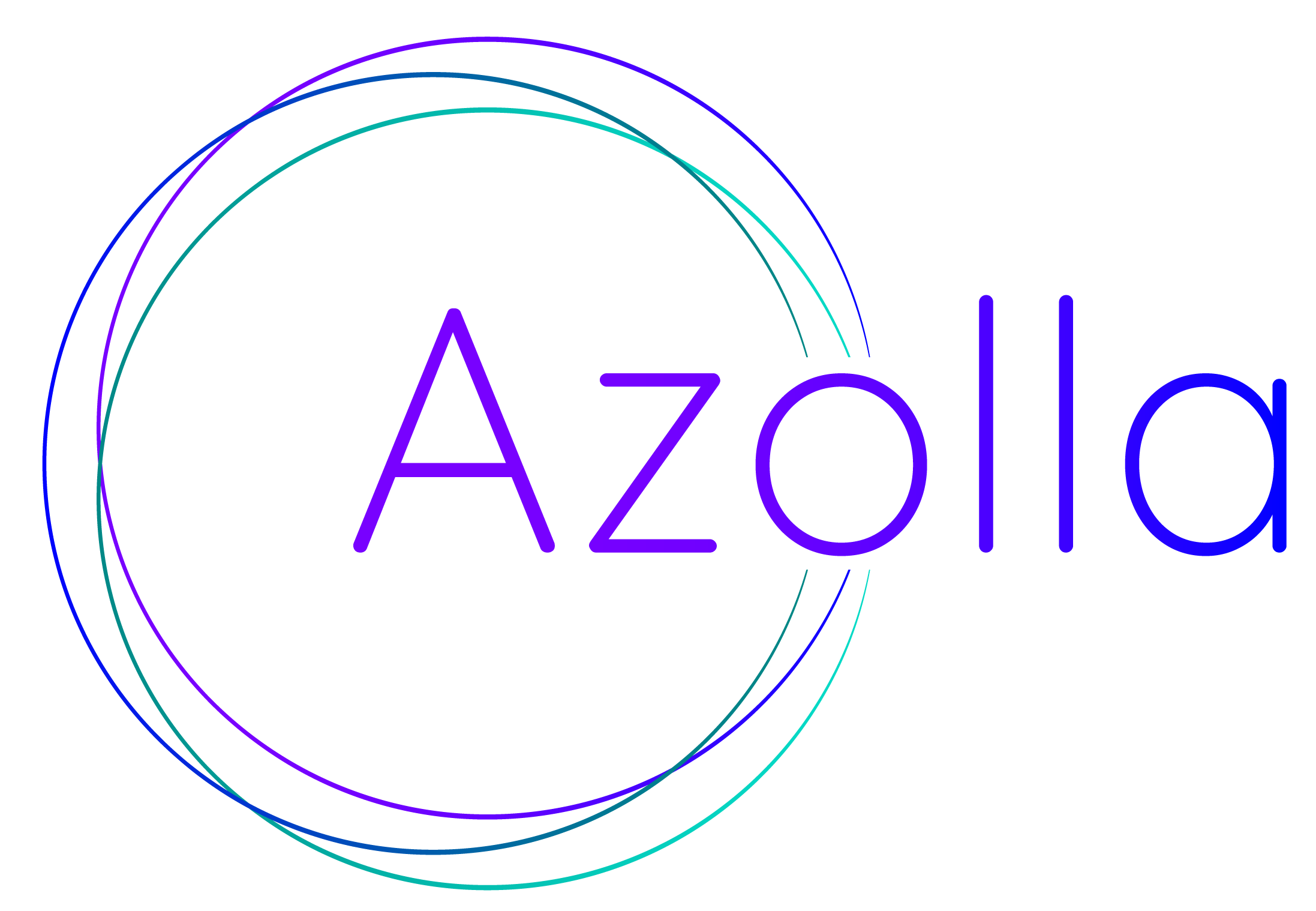BECCS
Description
BECCS as a negative emission technology is a multi-step hybrid method. In the first step, plants are grown to remove carbon dioxide from the atmosphere. As plants grow, they absorb CO2 from the air through photosynthesis. The plant matter is then used to produce electricity and during this process, the carbon dioxide that is emitted is captured before it is released back into the atmosphere. In the next step, the captured CO2 is processed for long-term storage. It can either be injected into geological formations deep into the ground, between 800m and 2500m, where the carbon reacts with minerals. The reaction process transforms carbon dioxide into rock and thus into a stable form.
The captured carbon can also be stored in long-lived products. For example, captured CO2 can be embedded into concrete that is used as a building material or be used to make carbon fibres. Using captured carbon in long-lived products is known as Carbon Capture, Utilization and Storage (CCUS).
Reversal
Carbon dioxide can be released back into the atmosphere if there are any issues during the transport and processing of the plant matter or during the capture of CO2 from the flue gas. The reversal of storage can also occur if there is leakage from geological storage. If products containing captured carbon are not employed sufficiently or not used as long-lived products, CO2 may be released back into the atmosphere.
Readiness and scale
The method and technology for BECCS is developed and there are currently a small number of implemented BECCS projects worldwide. However, experts suggest that the upscaling potential is high and the method has the potential of removing up to 5 Gt of carbon dioxide from the atmosphere per year by 2050. This large potential is mainly due to the possibility of geological storage that keeps the land requirement for storage relatively low.
Co-benefits / limits
+ BECCS produces electricity and can be an alternative to fossil fuels.
– Emissions occur during the harvesting, processing and transport of plant matter and captured carbon.
– BECCS requires a substantial amount of land to grow plant material and in some cases water. This competes with other land uses, especially food production and increases demand for water.
– If the plants that are grown to produce bioenergy are grown in monocultures, this can be harmful for biodiversity.
– Burning plant matter to produce bioenergy causes trace greenhouse gas emissions and increase local air pollution.
Support now
Support projects that use other methods with BECCS projects coming in the future and contribute to the removal of CO2 from the atmosphere.

